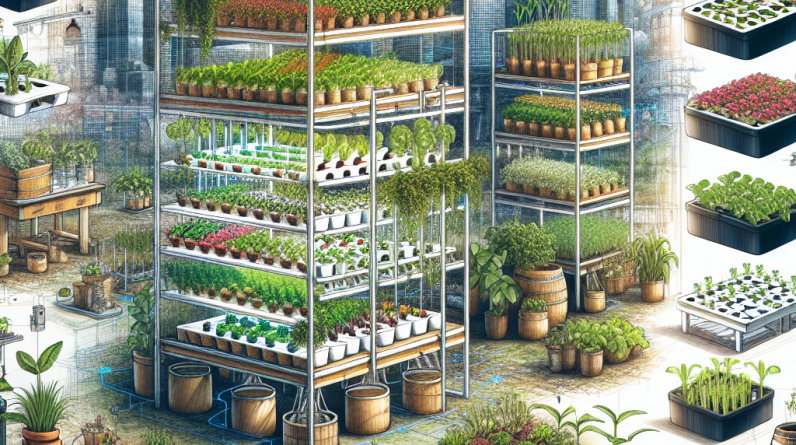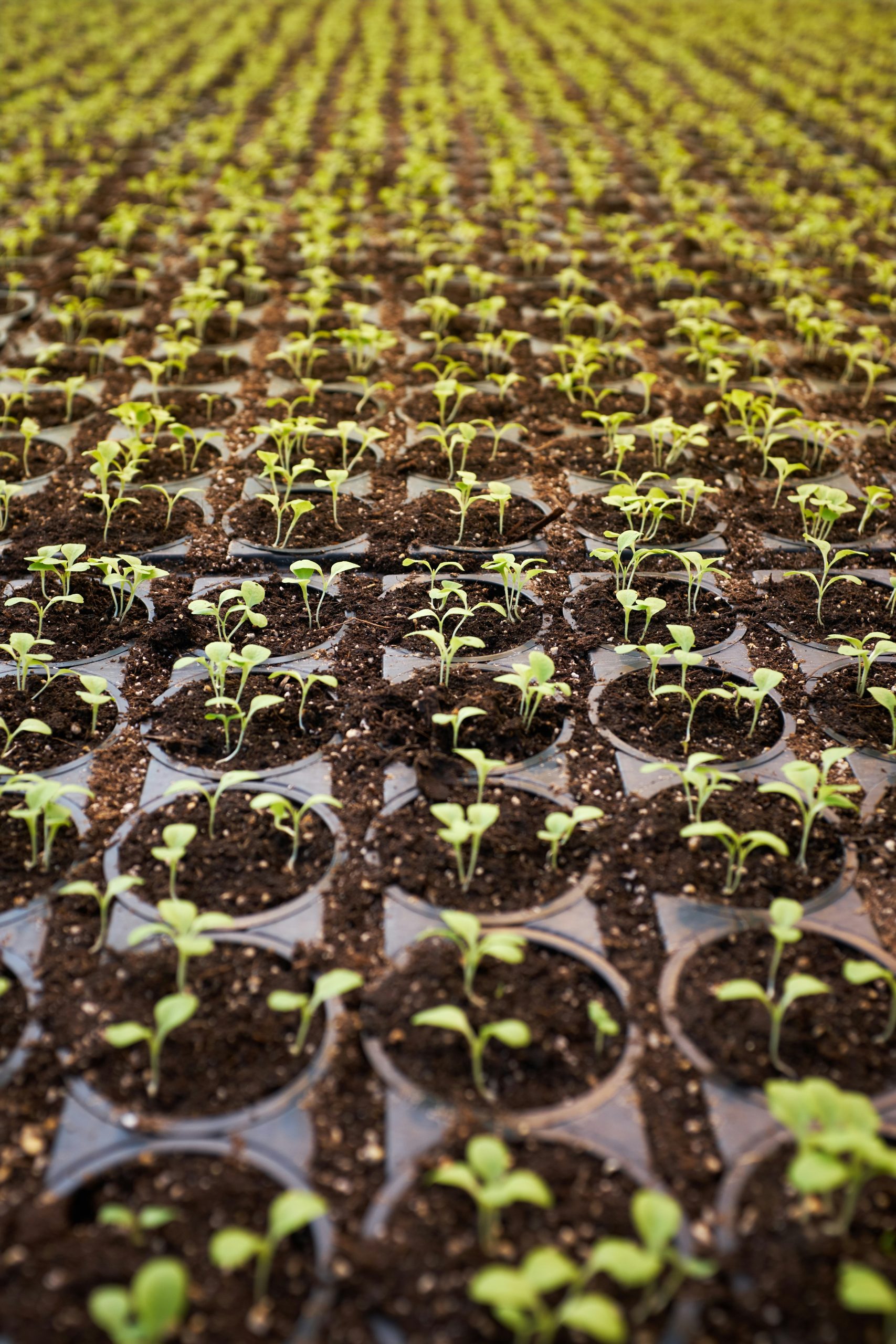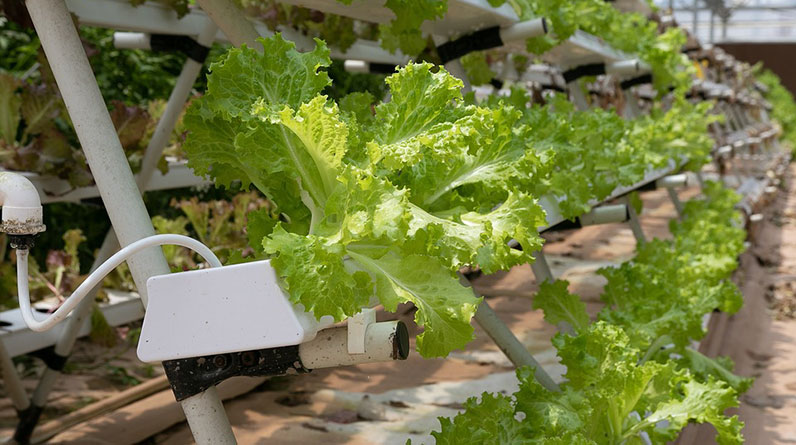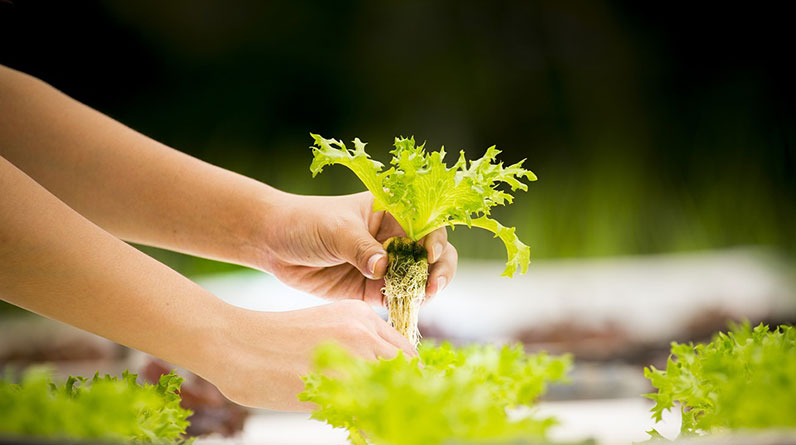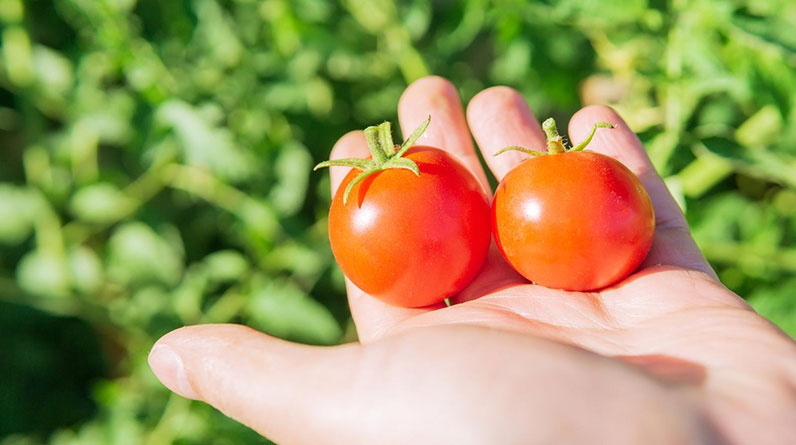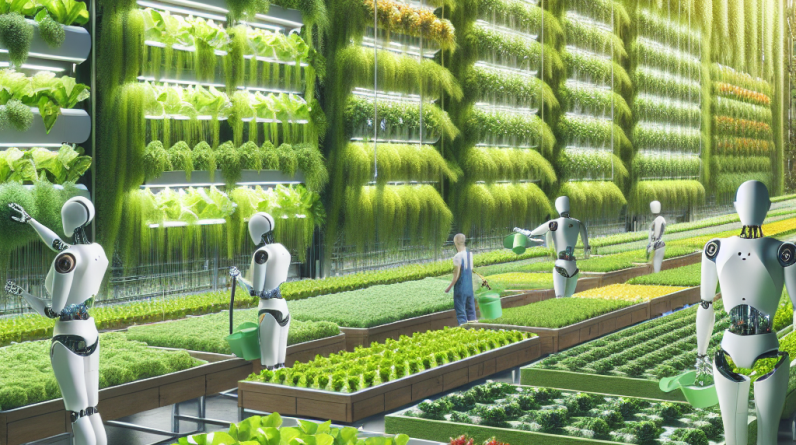
Urban Agriculture Innovations
Designing Rooftop Gardens
One of the coolest things I’ve seen in urban farming is how cities are transforming empty rooftops into gorgeous gardens. These spaces not only provide food but also help cool buildings down, which is a real bonus in summer. Imagine walking along a city street and seeing vegetables and flowers thriving on rooftops, all while people beneath them are working or living. That’s a big win-win!
To create a rooftop garden, you need to think about the weight load and plant types that suit your climate. Lightweight soil and perennial plants can offer beautiful results without overloading your structure. I always recommend starting small; you can always expand once you get the hang of it!
It’s also essential to integrate water-saving systems like drip irrigation. I remember my first attempt at watering my rooftop plants with a hose. I wasted so much water! Drip systems allow you to control water flow precisely, saving moisture and cutting costs.
Vertical Farming Techniques
Vertical farming blew my mind when I first heard about it. Growing crops in stacked layers? Yes, please! This method uses a fraction of the land compared to traditional farming. I mean, how can we beat the idea of producing food indoors, regardless of climate or season?
You’ll want to explore hydroponics or aeroponics for a more efficient growing method. Hydroponics uses nutrient-rich water instead of soil, which means you can grow plants faster. In my own experience, setting up a simple hydroponic system at home was a game-changer for my meager basket of herbs on the kitchen windowsill.
Plus, these systems can recycle water, creating a sustainable cycle. It’s like having your cake and eating it too, right? Knowing that your setup is eco-friendly while providing fresh greens all year adds a nice touch of satisfaction!
Community Garden Projects
Nothing quite compares to the sense of community that springs up around a community garden. If you haven’t engaged in one yet, you’re missing out on a social experience. These spaces often bring together people from various backgrounds, all with a shared goal of growing food while nurturing relationships.
What’s fantastic about community gardens is that they can be a form of food security for neighborhoods that lack access to fresh produce. I’ve met some fantastic people through my local community garden project, and swapping tips on growing tomatoes or sharing recipes has been a delight!
To get involved, check your local gardening clubs or city council for available plots. Starting a garden together is more than just planting seeds; it’s about cultivating friendships and growing a strong community bond.
Technology and Smart Agriculture
Utilizing IoT for Farming
The Internet of Things (IoT) has been a game-changer in agriculture. Imagine monitoring your crops moisture levels from your phone! This connected technology allows farmers to make data-driven decisions. I mean, I can’t tell you how many times I’ve forgotten to check the soil moisture and ended up over or under-watering my plants!
Using IoT devices, you can automatically regulate your irrigation, ensuring your plants receive just what they need—no more, no less. In my experience, connectivity in the garden has not only saved resources but also improved my yields.
Plus, the real-time data allows for better pest management strategies. Finding out about a pest invasion before it’s too late is a serious win. Trust me; I’ve had my fair share of late-night battles with aphids, and not one of them was pleasant!
Drones in Agriculture
Drones! They’re not just for fun; they do some serious work in agriculture too. These flying marvels can survey fields, identify issues, and even assess crop health using infrared technology. Honestly, I find it fascinating how technology can assist in preparing fields for planting—talk about efficiency!
Using drones for mapping and crop monitoring saves tons of time compared to walking through fields. You can pinpoint specific areas that need attention and optimize your workloads. The first time I saw drone footage of my garden’s layout, I was blown away by how much more detailed it was than my hand-drawn plans!
Also, the yield predictions using data collected from drones have been surprisingly accurate. It helps me plan my harvest times better. Seriously, if you’re considering investing in a drone for your farming needs, I say go for it!
Automated Systems for Efficiency
Lastly, automated systems are a great way to make farming less labor-intensive. You’ve got options like robotic weeders and harvesters. These machines not only save time but can also work tirelessly, keeping our farms productive without wearing us out!
I remember the first time I saw an automated weeder in action, zipping by and tackling those pesky weeds. It was like watching a well-choreographed dance. I dream of someday having my farm fully automated. It’s all about sustainability and optimizing every ounce of effort!
Of course, the initial investment may seem daunting, but the savings on labor costs and the increased precision can offer excellent returns. The technology is only improving, and who knows? We might see fully automated farms sooner than we think.
Permaculture Principles
Designing Sustainable Ecosystems
Permaculture is all about working with nature rather than against it. This principle involves creating a self-sustaining ecosystem where each element supports the others. It’s fascinating to think about how a well-designed permaculture garden can produce food, conserve water, and enhance biodiversity all at once!
I’ve found that incorporating elements like rainwater harvesting and companion planting not only enriches the environment but also creates more resilient food systems. For example, planting nitrogen-fixing plants alongside heavy feeders ensures that everyone thrives, and you don’t have to keep adding fertilizers every season!
The goal is to mimic natural ecosystems, which means more diverse crops and habitats for beneficial insects. I’m always amazed at how a little planning can lead to such incredible results—and it feels great knowing I’m contributing to a healthier planet!
Soil Health and Biodiversity
The soil is the heart of any agricultural endeavor. When you prioritize soil health, you lead the way for a sustainable future. I used to underestimate the power of healthy soil; I thought it was just dirt! But when I started implementing practices to regenerate my soil, the difference was astounding.
Using cover crops, organic compost, and crop rotation can significantly enhance soil quality and biodiversity. It’s like giving your soil a nutritious diet, which in turn supports healthier plants and stronger yields. To see this in action, I started incorporating composting into my routine, and wow, my plants have never looked better!
Healthy soil also helps with water retention and reduces the need for chemical inputs, making your gardening efforts much more eco-friendly. Y’all, if you aren’t paying attention to soil health, you’re missing out on a whole world of potential!
Community and Education Initiatives
Finally, fostering a community focused on permaculture and sustainable practices is vital. You might be surprised by the wealth of knowledge that exists in your local area. I often find local workshops and classes on permaculture principles incredibly insightful.
These initiatives empower people to take charge of their food production. The more we share information about sustainable practices, the better equipped everyone will be to face food production challenges. Plus, I’ve made so many friends in the process; it’s all about community spirit!
To engage more people, consider starting your own workshops or community events. Teaching others how to cultivate their food using sustainable practices spreads the message far and wide. Trust me; it’s rewarding to see others inspired and empowered to change the way they grow food!
Conclusion
The future of self-sustaining food production is full of exciting possibilities. By embracing urban agriculture, incorporating technology, applying permaculture principles, and fostering a sense of community, we can create a more resilient and sustainable food system for everyone. Together, we can make a real difference—whether it’s a little rooftop garden or a sprawling permaculture farm, every effort matters!
FAQ
1. What is urban agriculture?
Urban agriculture refers to growing plants and raising animals in urban areas. It includes practices like rooftop gardening, community gardens, and vertical farming.
2. How does technology support self-sustaining food production?
Technology supports sustainable food production through tools like IoT devices and drones that help monitor crops and automate processes, ultimately increasing efficiency and yield.
3. What are the benefits of permaculture?
Permaculture enhances biodiversity, improves soil health, conserves water, and creates resilient ecosystems that support sustainable food production methods.
4. How can I get involved in community gardening?
To get involved, look for local community gardens, sign up for classes, or even initiate a community gardening project in your area to share gardening knowledge.
5. What are some easy crops to start growing at home?
Beginner-friendly crops include herbs (like basil and parsley), leafy greens (like lettuce and spinach), and easy vegetables like tomatoes and peppers, which are relatively low-maintenance and quick to harvest!



